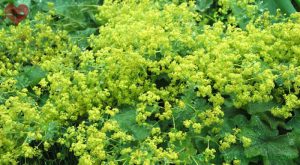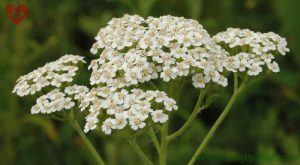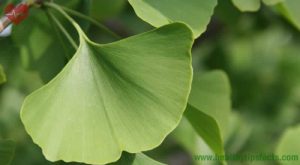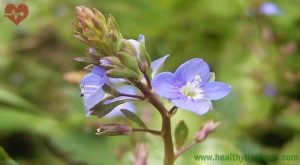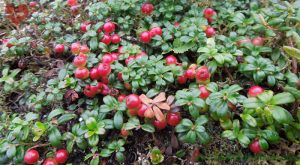Plants that have a special effect on the organism
Rosehip
It’s used fresh or dried. It has to be picked while it’ still hard, not ripe, with a glossy red-orange colour. It’s picked at the start of autumn or at the end of the summer. It should be picked on a bright day, dry so it can be worked on and dried immediately. It dries faster if it’s mashed or cut in half. Although it’s better if it’s dried whole.
Composition: It has the most vitamin C, up to 1,700 mg per 100 g, a lot of vitamin P (12-18 mg),
Carotene. The leaf is comprised of approximately 0.4% vitamin C.
Preparation:
Rosehip with mint: 1 spoon of rosehip (crushed) is boiled for 5 minutes in 300 ml of water, add 2-3 mint leaves, seal the container, then drain after 2 hours. Add honey and drink it like a pleasant drink.
Diuretic tea: 200 g of rosehip, juniper, restharrow, corn silk and cherry stalks. Three soup spoons of this mixture is boiled for 5 minutes in half a liter of water and after 3 hours it’s drained. Drink during the day like water.
Thyme
It’s used mainly for healing the digestive system.
Preparation: A certain amount of it, depending on the need, is boiled in hot water, then sealed and left for 2 hours. Normally though take 1 soup spoon and pour 200 ml of hot water. Usually the leaf and the flower without the handle are sealed hermetically. This herb is used against diarrhea, intestine parasites and worms in kids.
Gathering, drying, packaging and storing.
It’s picked around noon, when there’s no dew, under a quiet, warm, sunny day. It shouldn’t be picked with bags, rather with baskets. Once it’s picked it has to be dried immediately, in a thin layer, in the dark. The temperature where they’re drying shouldn’t be over 40 degrees.
Horehound
It’s mainly comprised of the expensive ether oil. Used against inflation of the digestive organs, neuralgia, hysteria, neurasthenia, nausea, vomiting and diarrhea.
Gathering: The most precious part of the horehound is its leaves. The leaf is gathered before it starts blooming. It’s gathered on quiet, dewless, sunny days. Gathered in baskets, and don’t mush it. After it’s gathered it should immediately be dried in thin layers (around 2 fingers in thickness), in a cold area, on a strong draft or in a dryer, no more than 40 degrees.
It’s kept in a cold and dark area.
St. John’s wort
It blooms from may to september.
Composition: 9-11% mixed tannin, 0,1-0,2% ether oil, resin, zulin, vitamin C, and traces of the alkaloid.
Use: It’ used for external cuts, burns, tumors, wound growths and as an antiseptic, and internally against pain of the liver, stomach, diarrhea and more.
Parts of the plant are put into oil and left on the sun for 30-40 days, so it reddens.
Preparation:
St. John’s wort oil: 100 g of its flower is put into a jar, pour 1 l of olive oil, seal and leave for 2 hours on water steam. Drain twice so it’s pure.
St. John’s wort oil with white wine: 500 g of sliced flowers, 1 l of olive oil and 0.5 l of white wine is poured over it, leave on water steam so the wine evaporates.
Both oils, are used in a way where you spread it on your hands, cuts, burns etc., or you can soak a gauze and put it over the painful area.
Raspberry
From raspberry fruits you can make raspberry syrup. The raspberry is comprised of 70-90% juice, and from the juice the raspberry syrup is extracted. The juice contains 2% lemon and apple acids, sugar, pectins, vitamin C, mineral materials and others.
The dried raspberry fruit falls under fruit or vitamin teas, along with fruits from wild strawberries, bilberries, rosehip and other wild fruits.
The raspberry leaf contains tannins, flavonoids, vitamin C and organic acids.
Use: Against diarrhea, and similar diseases. It falls under chest teas.

